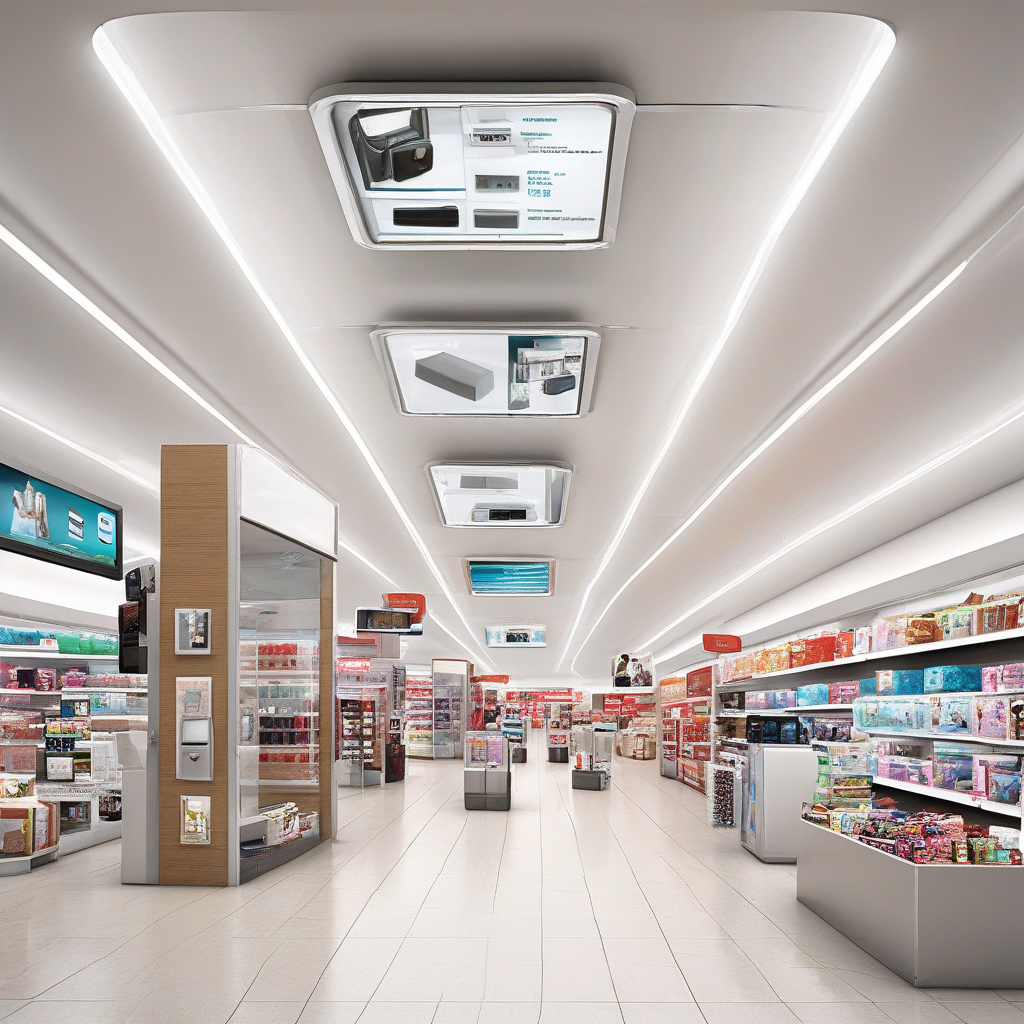The retail industry has long battled the issue of shoplifting, causing significant losses for businesses worldwide. However, with advancements in technology, innovative solutions are emerging to combat this challenge effectively. Recently, Tesco made headlines by testing new trolley scales capable of detecting any discrepancies between the items scanned and those in the cart.
This development underscores the critical role that technology plays in preventing shoplifting. By leveraging cutting-edge tools, retailers can enhance security measures, reduce theft incidents, and ultimately protect their bottom line. From RFID tags to AI-powered surveillance systems, the market offers a range of solutions designed to deter and detect shoplifting attempts.
One of the most effective technologies in this space is RFID (Radio-Frequency Identification). By tagging merchandise with RFID labels, retailers can track inventory in real-time, receive alerts for unauthorized removal of items, and even trigger alarms at store exits when potential theft is detected. This proactive approach not only deters shoplifters but also streamlines inventory management processes.
Moreover, video analytics powered by artificial intelligence have revolutionized in-store security. Advanced surveillance systems can now identify suspicious behavior, such as unusual movements or patterns, and alert store personnel in real-time. By analyzing vast amounts of data, AI algorithms can distinguish between normal customer activities and potential theft, enabling swift intervention before any loss occurs.
Additionally, electronic article surveillance (EAS) systems remain a popular choice for retailers seeking to protect high-value items. These systems use tags or labels that set off an alarm if not deactivated or removed at the point of sale. EAS technology acts as a visible deterrent to would-be shoplifters while providing a reliable means of securing merchandise.
Furthermore, the integration of biometric authentication methods, such as fingerprint or facial recognition, can enhance security at checkout counters. By verifying customers’ identities before completing transactions, retailers can prevent fraudulent activities and mitigate the risk of theft through identity theft or payment fraud.
In conclusion, the landscape of retail security is evolving rapidly, driven by technological innovations that empower businesses to prevent shoplifting more effectively. By embracing solutions like RFID, AI surveillance, EAS systems, and biometric authentication, retailers can create a secure shopping environment for customers while safeguarding their assets. As Tesco’s trolley scales trial demonstrates, staying ahead of the curve in leveraging the best tech for preventing shoplifting is not just a competitive advantage but a necessity in today’s retail landscape.

